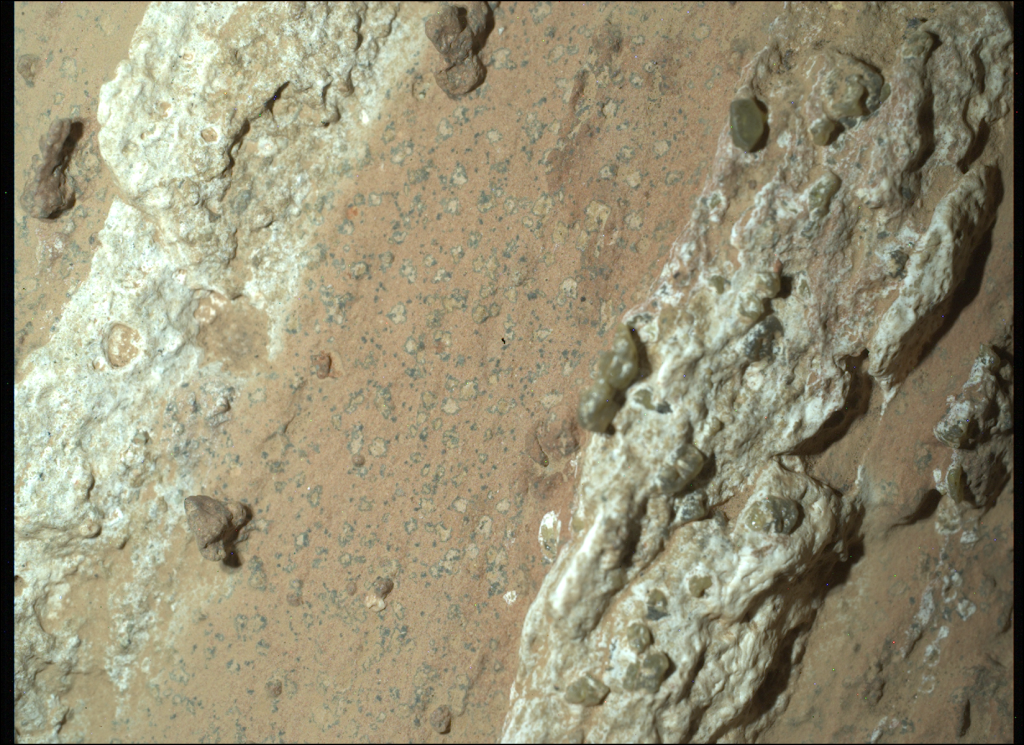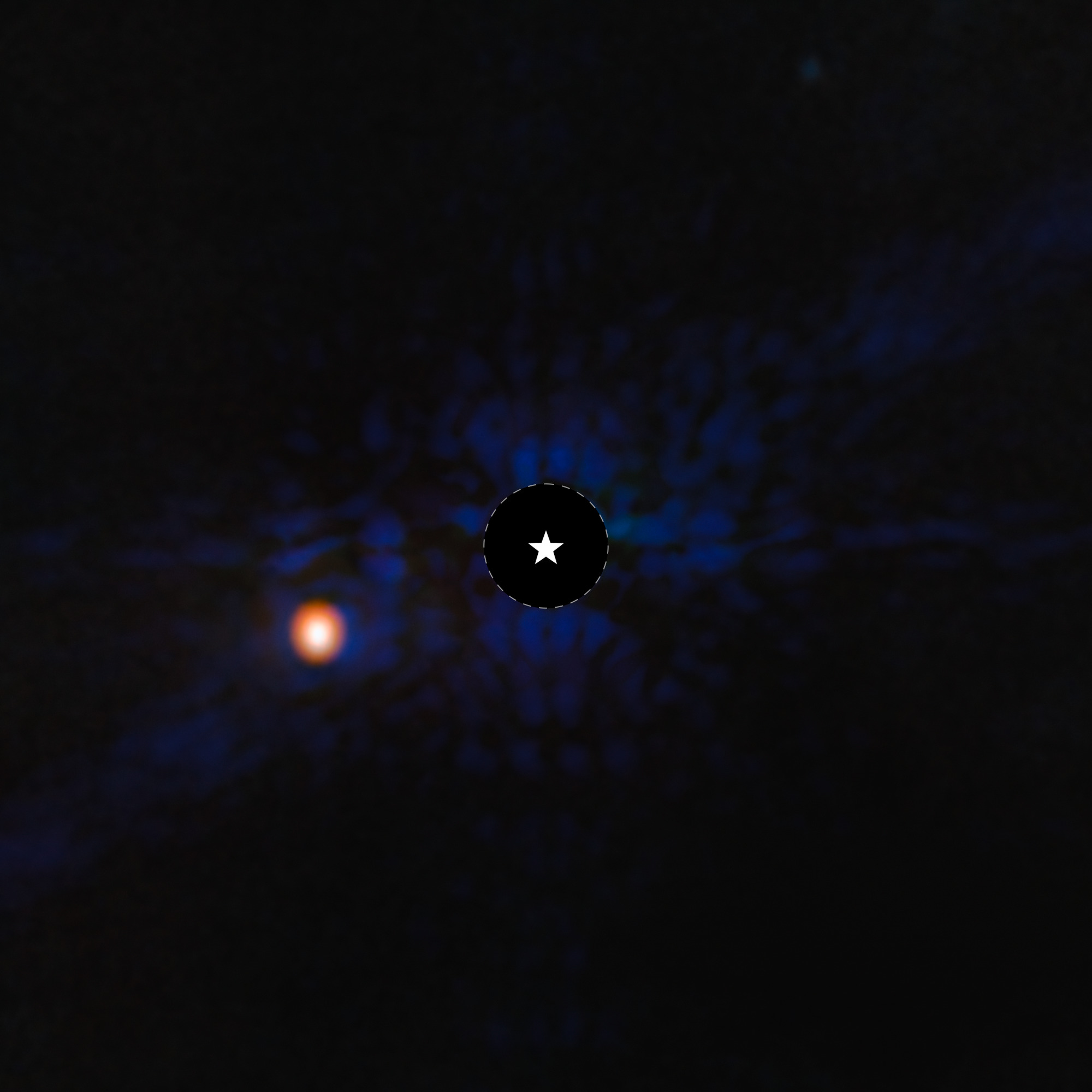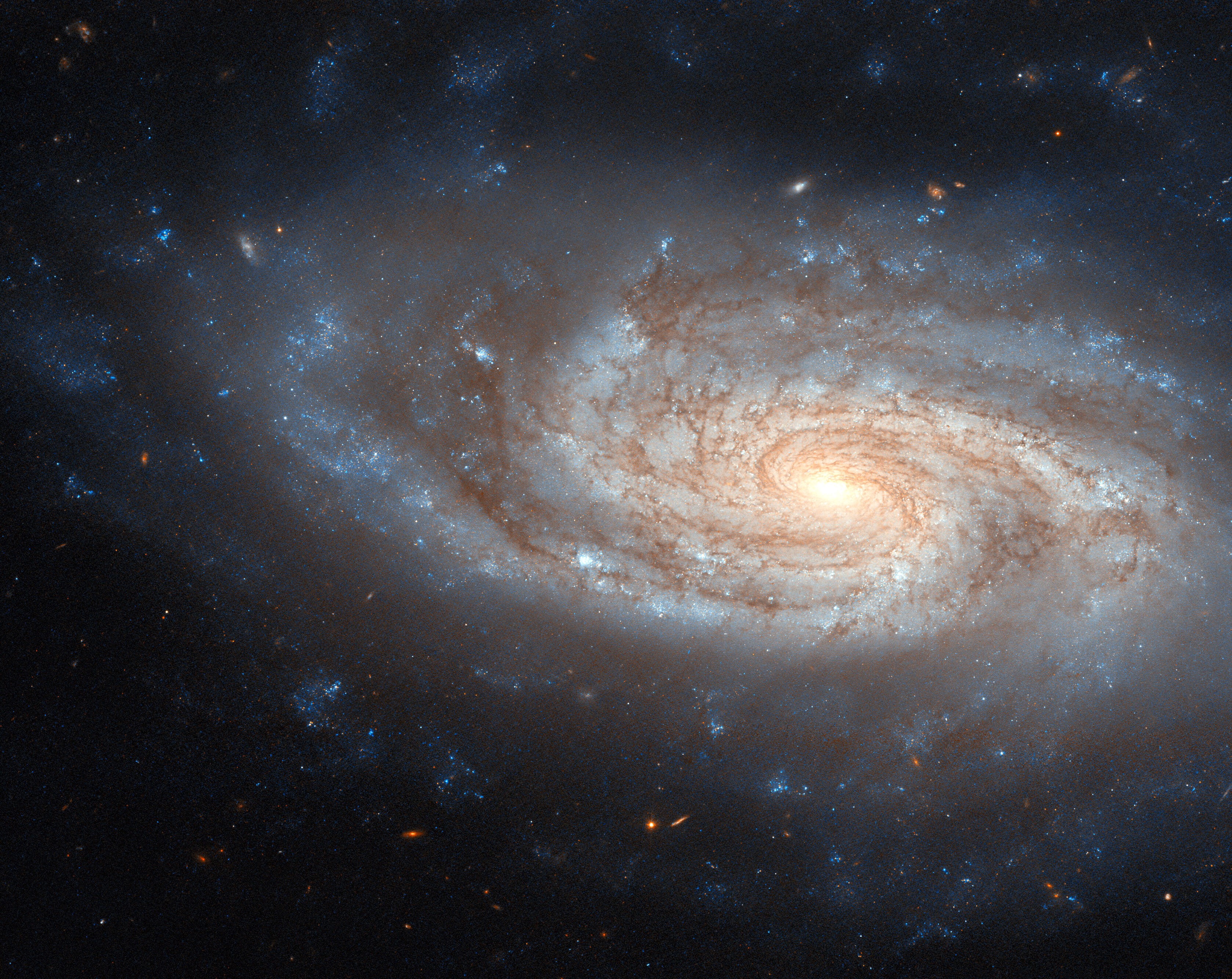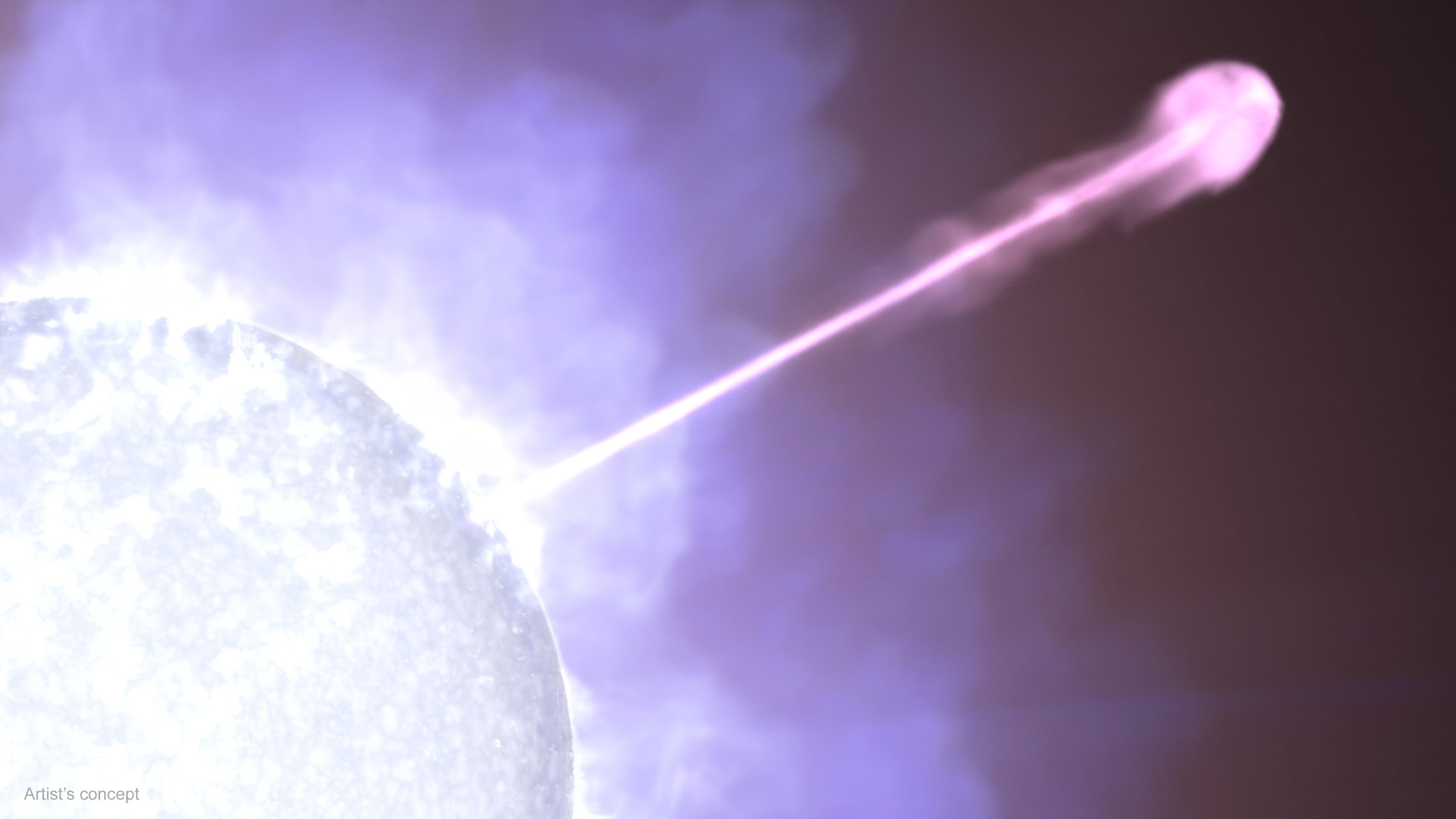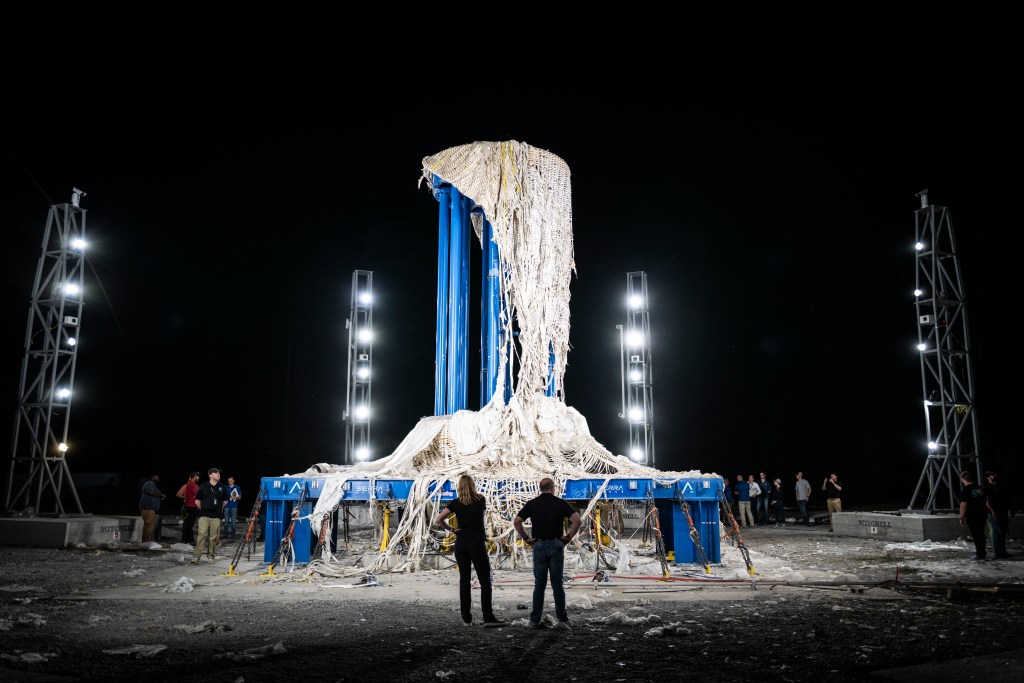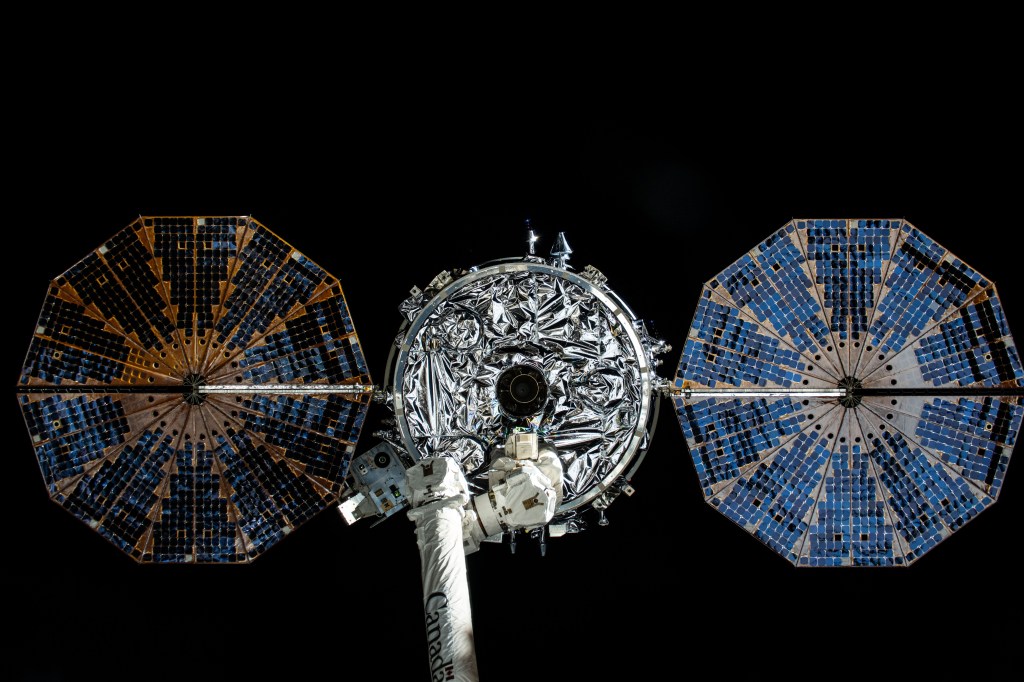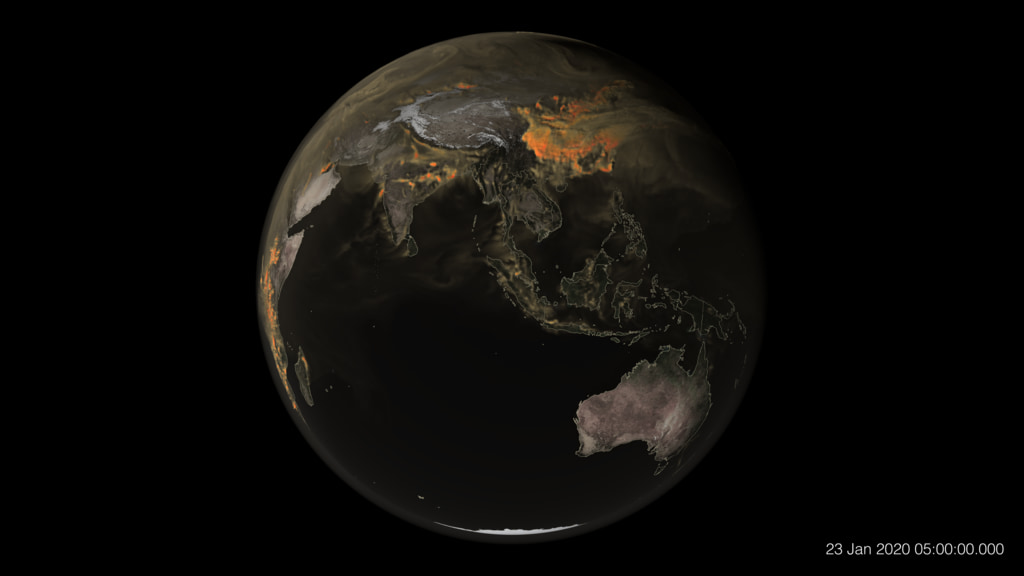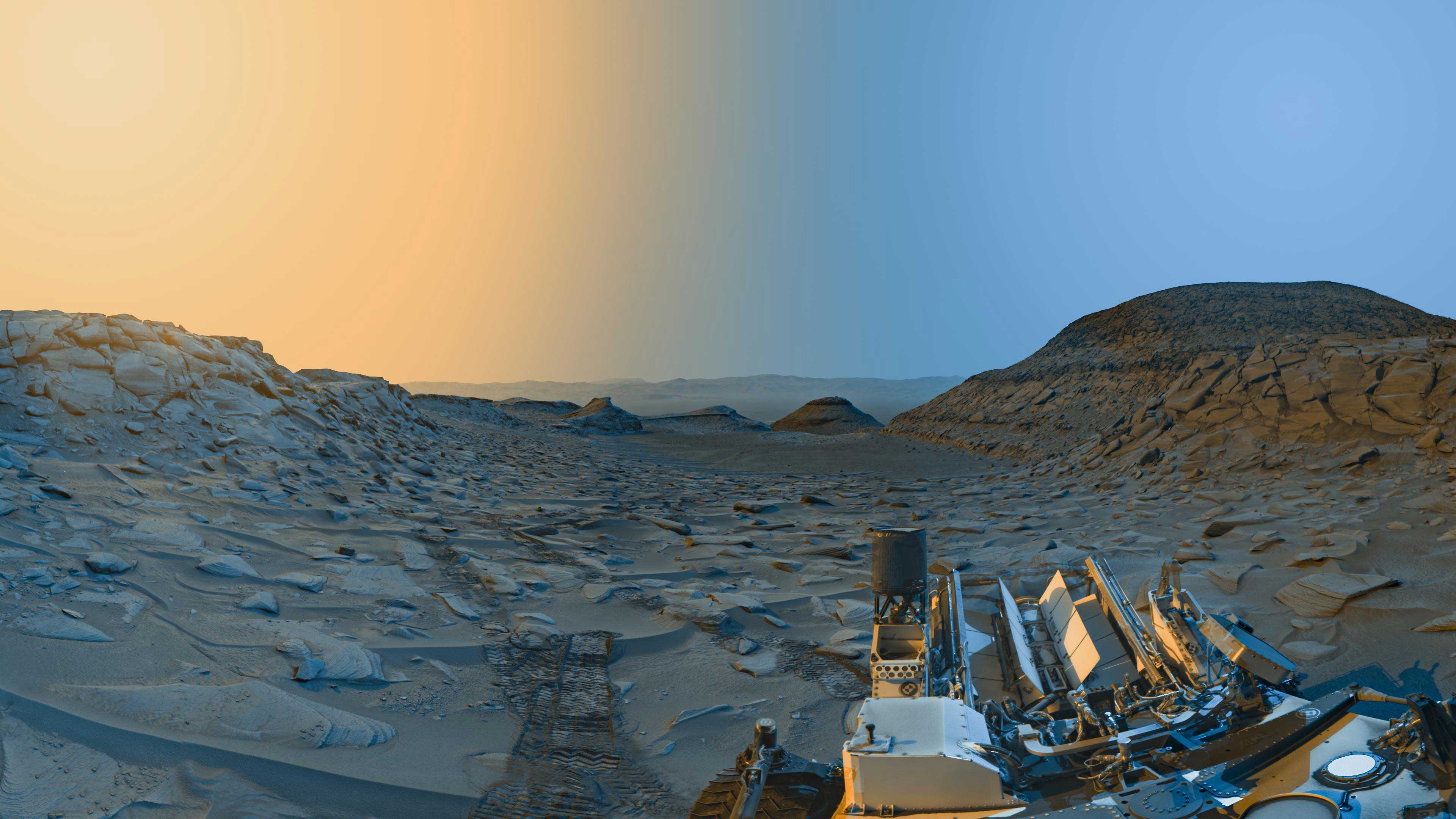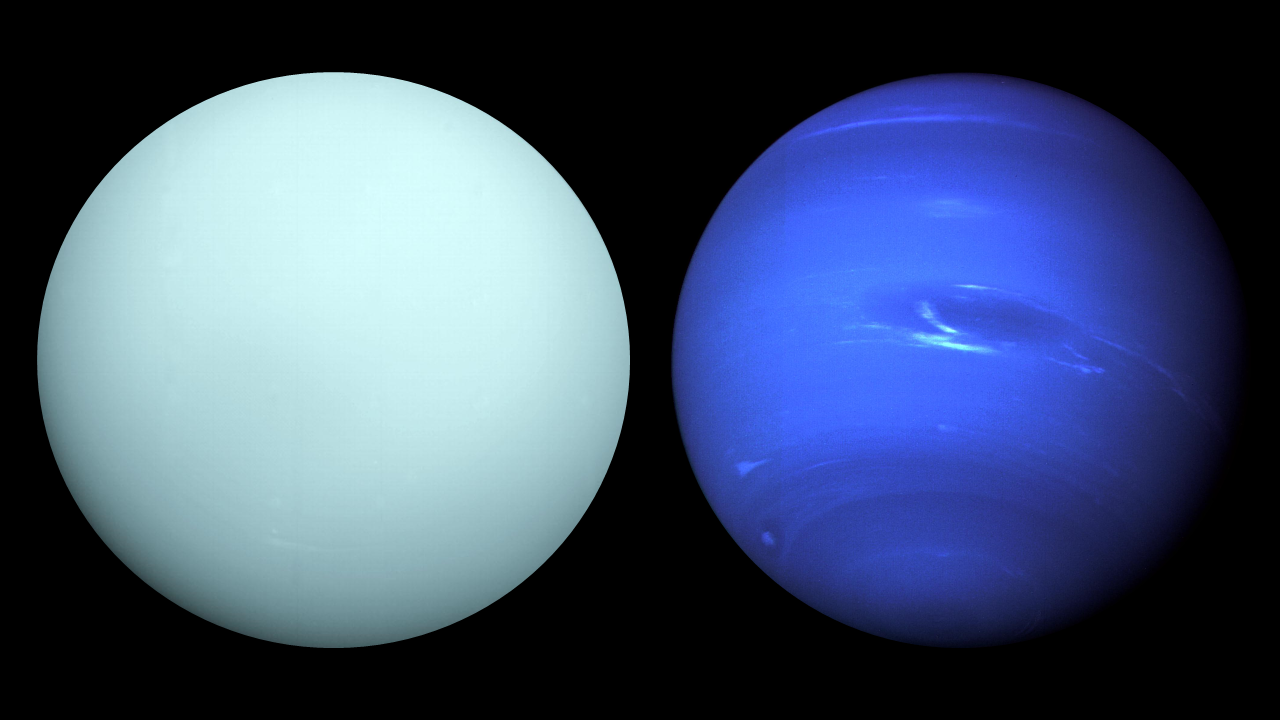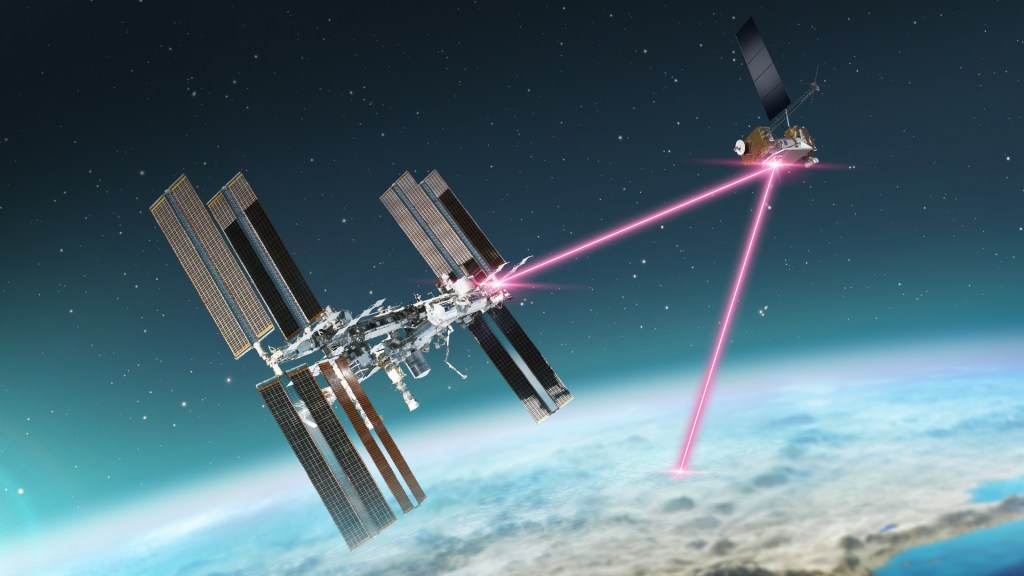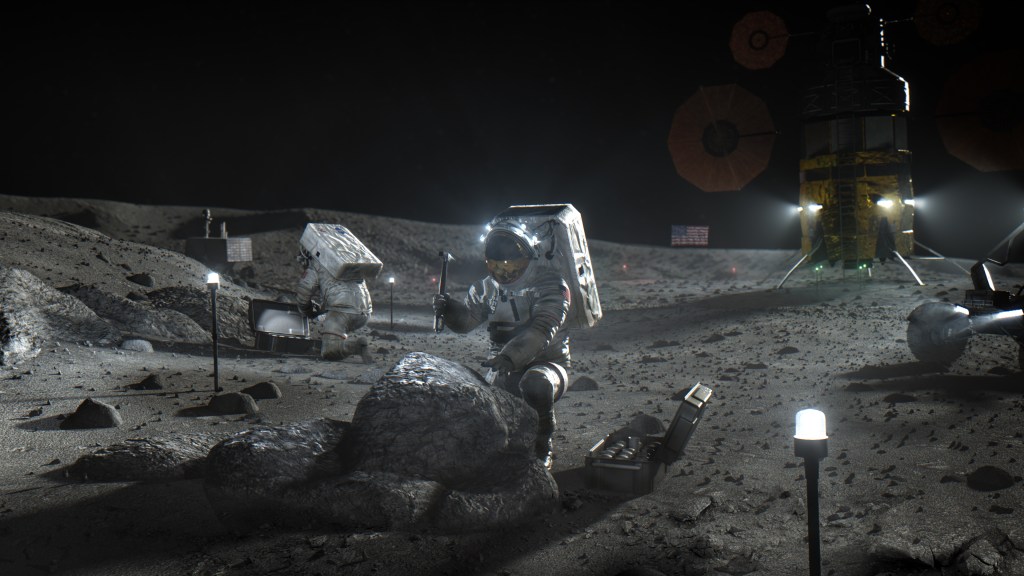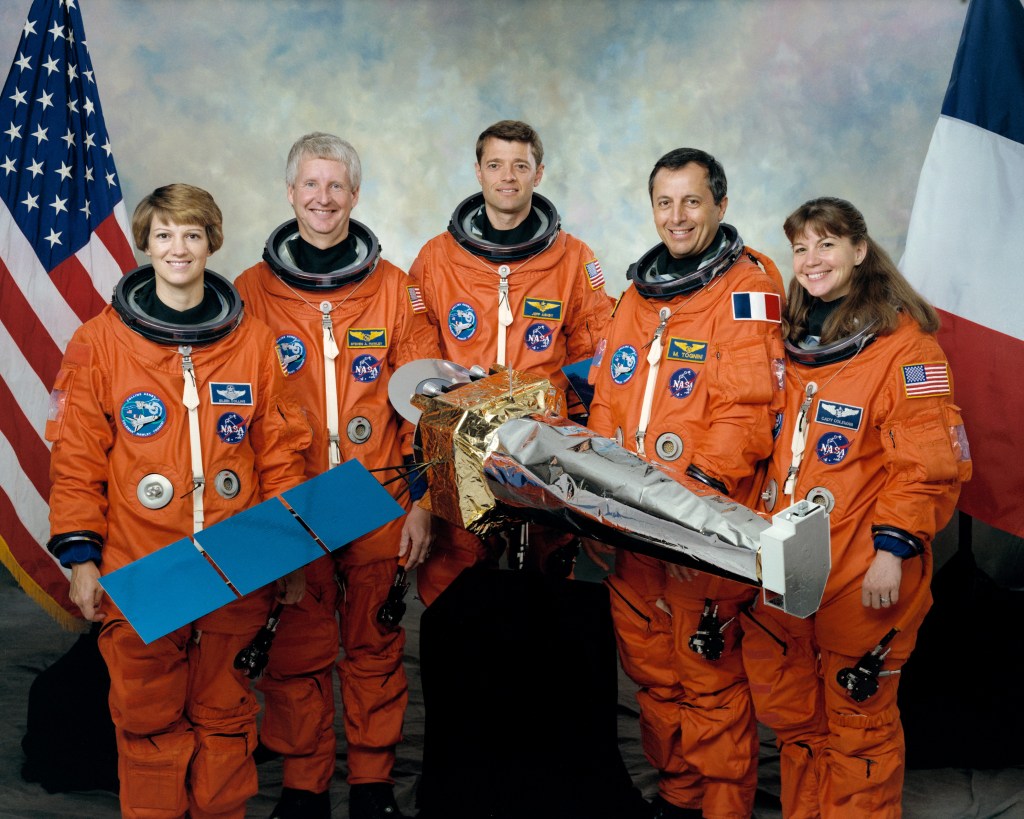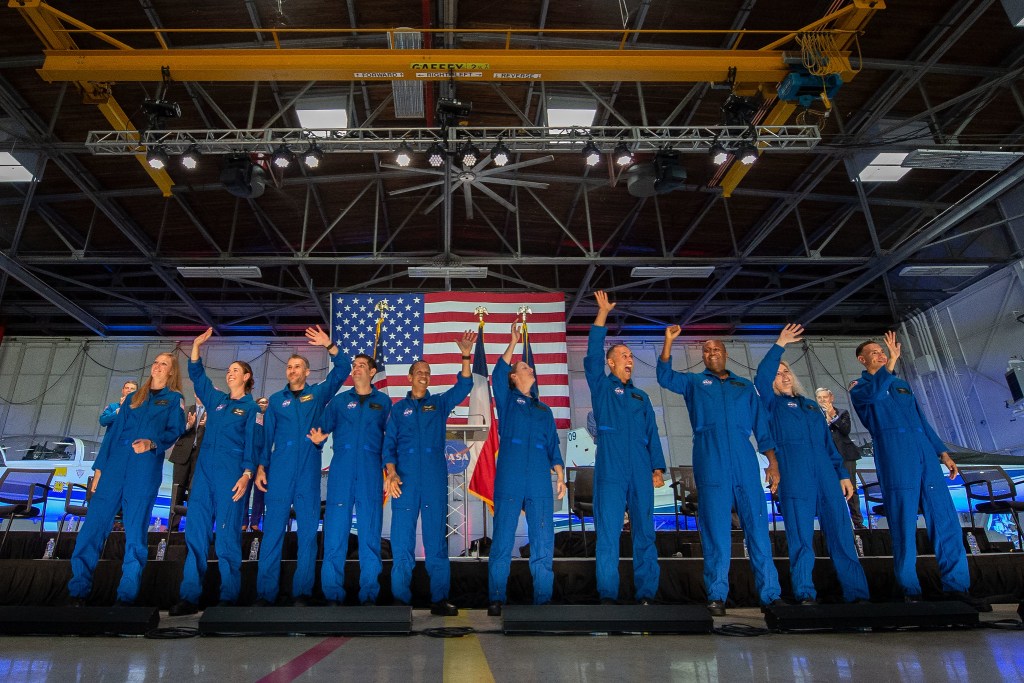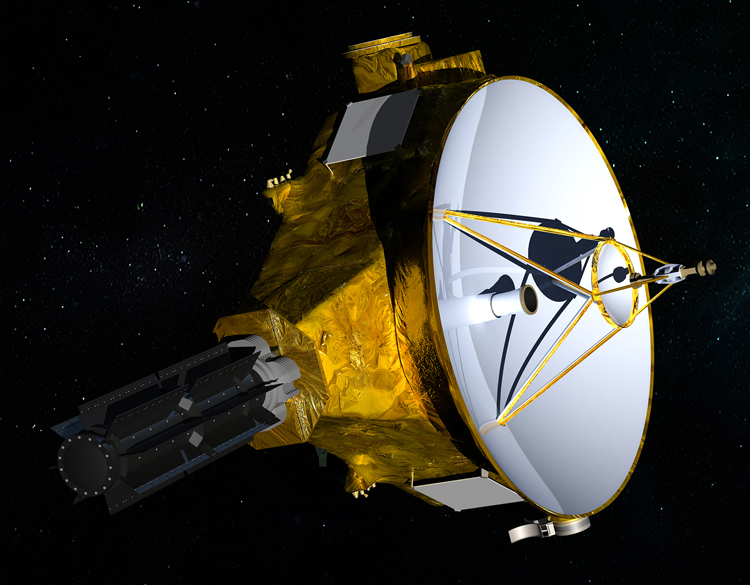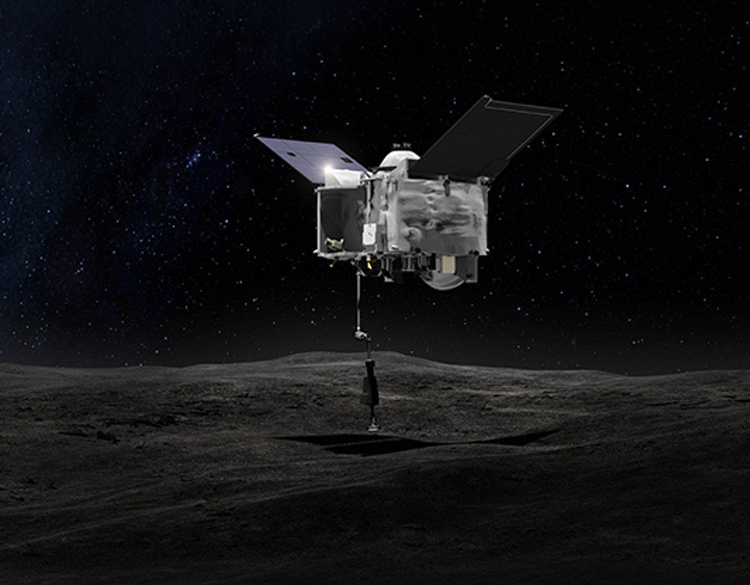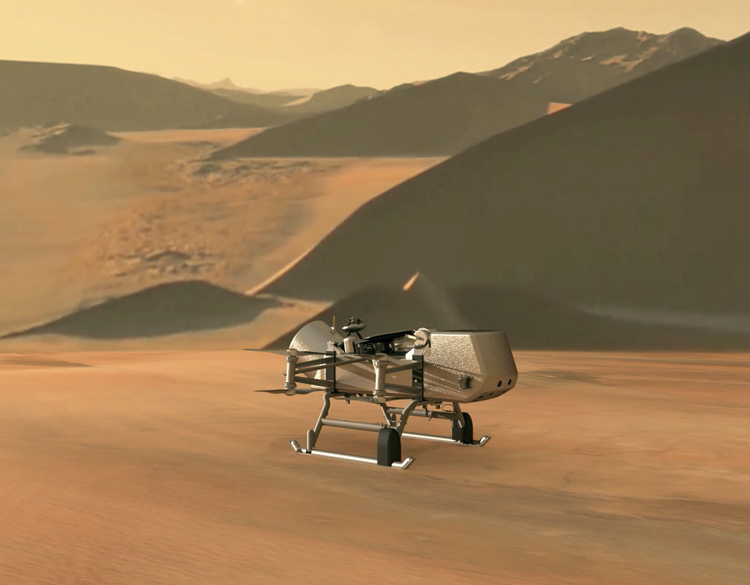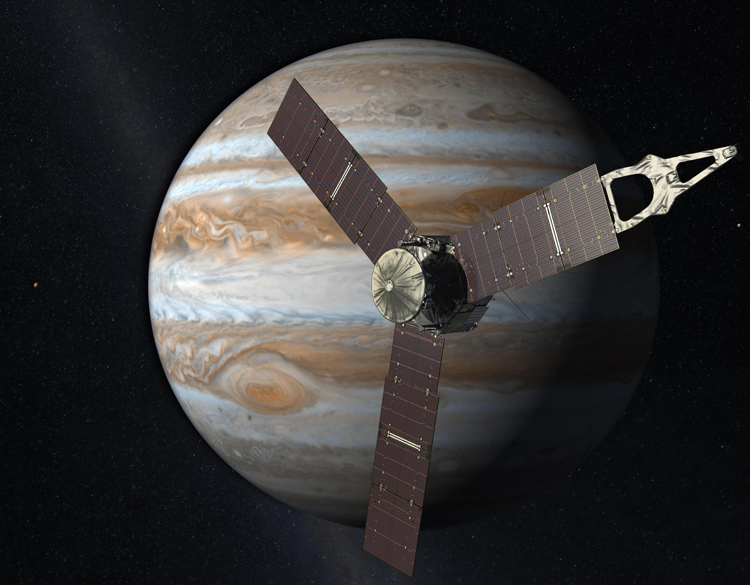New Frontiers Program
Missions in NASA’s New Frontiers Program tackle specific solar system exploration goals identified as top priorities by the planetary science community. The strategy is to explore the solar system with medium-class spacecraft missions that conduct high-science-return investigations that add to our understanding of the solar system.
New Frontiers builds on the innovative approaches used in NASA’s Discovery Program, but provides a mechanism for identifying and selecting strategic missions that cannot be accomplished within the cost and time constraints of Discovery.
The following missions have been competitively selected under the New Frontiers Program.
New Horizons | Juno | OSIRIS-REx | Dragonfly
New Horizons
Launch date: January 19, 2006
NASA’s New Horizons mission is the first scientific investigation to obtain a close look at
Pluto and its moons (Charon, Nix, Hydra, Kerberos, and Styx; 2015) and fly by a distant
Kuiper Belt Object (Arrokoth; 2019). Currently, New Horizons is venturing deep into the
distant, mysterious Kuiper Belt – a relic of solar system formation. The Kuiper Belt stretches
at least two billion miles beyond Neptune’s orbit and there is evidence that it extends even
farther.
Thus far, Arrokoth is the farthest world ever explored by mankind; a planetary building block
~4 billion miles from earth. Analyzing the data gathered during the spacecraft’s New Year’s
2019 flyby of Arrokoth, the mission team discovered an object far more complex than
expected – a well-preserved planetesimal, an ancient relic from the era of planet formation.
New Horizons continues its journey out into the Kuiper Belt studying both the Kuiper belt
objects themselves and the space environment they reside in; it is also making unique
observations of other planets and the universe. Sending a spacecraft on this long journey is
helping us to answer basic questions about the ancient, icy mini-worlds in this vast region
that can uncover secrets of how planets and planetary systems are formed.
OSIRIS-REx
Launch date: September 8, 2016
NASA’s Origins, Spectral Interpretation, Resource Identification, Security-Regolith EXplorer (OSIRIS-REx) mission is the first U.S. mission to retrieve a pristine sample of an asteroid and return it to Earth for further study.
The goal of this sample analysis is to help scientists understand the potential origins of how early Earth might have formed as well as help aid in future understanding of asteroids which could impact the Earth. The OSIRIS-REx capsule returned to Earth just outside of Salt Lake City in September of 2023. The sample has since been transported to Johnson Space Center in Houston, TX for study and curation.
OSIRIS-APEX
After successfully returning the OSIRIX-REx capsule, the mission becomes OSIRIS-APEX as it begins the journey to a new asteroid.
Dante Lauretta, OSIRIS-REx PI, will remain in place for the primary mission, while DellaGiustina begins her role as the newly named PI for OSIRIS-APophis EXplorer (OSIRIS-APEX). With a new name to reflect the extended mission’s new goals, the OSIRIS-APEX team will redirect the spacecraft to encounter Apophis, an asteroid roughly 1,200 feet (roughly 370 meters) in diameter that will come within 20,000 miles (32,000 kilometers) of Earth in 2029. OSIRIS-APEX will enter orbit around Apophis soon after the asteroid’s Earth flyby, providing an unprecedented close-up look at a S-type asteroid.
It plans to study changes in the asteroid caused by its close flyby of Earth and use the spacecraft’s gas thrusters to attempt to dislodge and study the dust and small rocks on and below Apophis’ surface.
Dragonfly
Launch date: TBD
Dragonfly is a unique spacecraft that will visit Saturn’s richly organic moon Titan.
Dragonfly is an 8-bladed rotorcraft that will sample and examine dozens of sites around
Saturn’s icy moon in the search for the building blocks of life.
During its two-year mission, Dragonfly will explore diverse environments from organic
dunes to the floor of an impact crater where liquid water and complex organic materials
key to life once existed together for possibly tens of thousands of years. Its instruments
will study how far pre-biological chemistry may have progressed. They also will
investigate the moon’s atmospheric and surface properties and its subsurface ocean
and liquid reservoirs. Additionally, instruments will search for chemical evidence of past
or extant life.
Juno
Launch date: August 5, 2011
NASA’s Juno spacecraft has been orbiting Jupiter since 2016. Juno is studying the gas
giant’s gravitational and magnetic fields, vast magnetosphere, intense aurora and the
swirling clouds that form Jupiter’s colorful, trademark atmosphere. Juno’s study of
Jupiter will help us to understand the history of our own solar system and provide new
insight into how planetary systems form and develop in our galaxy and beyond.
Early Juno results have revealed Jupiter as a complex, gigantic, turbulent world with
Earth-sized polar cyclones, plunging storm systems that travel deep into the heart of the
gas giant, and a mammoth, lumpy magnetic field that may indicate it was generated
closer to the planet’s surface than previously thought.


